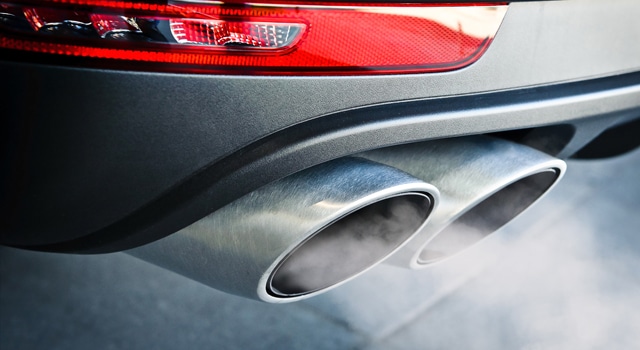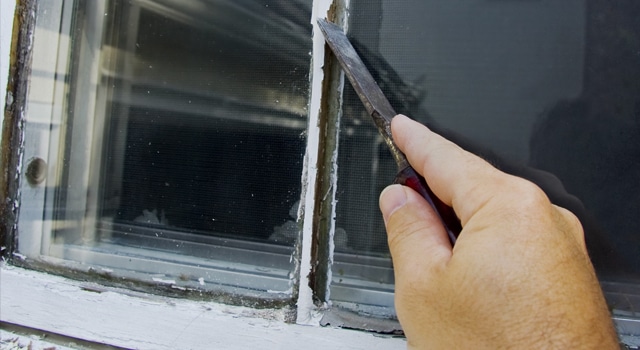In a previous blog post PCBs and health concerns in schools, I described how caulking and older overhead fluorescent lighting are the two leading sources of toxic polychlorinated biphenyl (PCB) contamination within a building. In this post, I focus on PCBs in fluorescent lighting in New York City schools, which illustrates a problem that also exists in many government buildings, hospitals and college facilities constructed between 1950 and 1978.
The size and scope of New York City’s school system, with its 1200+ buildings striving to educate approximately one million students, demonstrates the public health threat from PCBs. Although new PCB use in the United States essentially ended with the Carter administration, a 2011 NYC Department of Education survey found that PCBs most likely remained present in the ballast of light fixtures in 738 New York City school buildings. The City, in part to resolve litigation, set aside more than $700 million to remediate and remove these lights, and hopes to complete this work by 2016.
The amount of PCB fluid within the capacitor of a fluorescent light fixture is, seemingly, relatively small. For example, all high-power fluorescent lamps that General Electric manufactured prior to May 1977 contained approximately 10 grams of PCB fluid. That amount, however, may present a significant health risk if released into the environment.
PCB-Contaminated Fixtures Last for Decades
PCB contaminated fluorescent light fixtures within the ballast can be identified through elimination. Consistent with regulations, light fixtures manufactured between 1978 and 1998 feature a label that states “No PCBs” within the ballast. Unless the fixture is manufactured after 1998, the absence of a label suggests the probable presence of PCBs within the fixture.
Indeed, both the U.S. Environmental Protection Agency (EPA) and Occupational Safety & Health Administration (OSHA) recommend that individuals presume that a fluorescent light’s ballast contains PCBs unless a “No PCBs” notation appears on the ballast, or the manufacturing of the fixture occurred in the current century.
The durability and manner in which fluorescent lights are actually used help to explain why fluorescent light fixtures continue to present a PCB risk more than 35 years later. Most fluorescent light ballasts are designed for 50,000 hours of operation under standard conditions. One manufacturer’s calculation indicates that at an operating temperature of 65ºC, ballasts can be expected to operate for 50,000 hours with only a 10 percent failure rate.
If lights are operated in a building for 10 hours per day for 250 days in the year, then it will take nearly 20 years to reach 50,000 hours of use. School buildings are occupied for fewer days in the year and, typically, have the lights on for a shorter period in the day. Therefore, lights in school buildings can, and do, last well beyond the 20-year mark.
PCBs May Exist in Schools Despite Renovations
The age or renovation history does not necessarily predict the extent of contamination within a building. The EPA’s study of six NYC schools found PCBs in the fluorescent fixtures of each building, involving between 24 and 95 percent of the fixtures.
The City constructed the buildings in 1959, 1961, 1962, 1963, 1968 and 1972. The 1959 building, a pre-kindergarten to fifth grade single-story school, was the smallest building of the six and the City had conducted renovations in 1968 and 2005.
Neither renovation, it appears, addressed the light fixtures. For that building, 879 light fixtures had ballasts likely containing PCBs, while only 48 ballasts did not utilize PCBs. The EPA’s testing indicated that 57 percent of the ballasts in the 1972-built school were likely to contain PCBs and the 1962-built school had an estimated 77 percent of PCB-containing ballast.
Some school buildings may use mixed lighting. In the sixth NYC school that the EPA examined, a high school built in 1968, upgrading appeared to have removed most of the potential threat.
The EPA, however, found that nearly a quarter of the remaining fluorescent lights contained PCBs. The different generations of lighting resulted in the cafeteria containing four lights with ballast, but only half of those fixtures used PCBs within the ballast.
Although most classrooms lacked fluorescent lighting with ballast, one classroom had three PCB-containing ballast light fixtures out of the 16 in the room. These missed results within the same room highlights the need for any investigation of the lighting to be thorough and to avoid any assumptions about the lighting.
Warning Signs of PCBs in Fluorescent Light Fixtures
Additionally, a leaking ballast produces higher PCB emission rates and may go undetected for a prolonged period of time. Even if one replaces the ballast within the light fixture, PCB residue from previously failed ballast capacitors may remain and be released into the classroom environment.
In seeking to identify a leaking fluorescent light fixture, a few warning signs do exist. These signs include:
- Evidence of brown, oily stains on the light fixture itself or on its glass lens
- Evidence of oil stains on the floor or carpet under the fixture
- Past episodes of smoke or burning odors from the fixture
- A burned out light that refuses to work, even after replacement of the bulb
PCB Removal Often Requires Legal Action
What should a school district do if it suspects it has older fluorescent lighting fixtures containing PCBs? As the New York City example shows, remediation can be expensive. The identification of this potential problem should prompt a series of steps.
First and foremost, the school district should contact its attorney. The school district is about to enter a complicated situation and, most likely, will require specialized assistance on several fronts.
The district’s education attorney may lack familiarity with the applicable federal regulations, but will know or be able to identify individuals with the appropriate experience in this field. The district will require appropriate regulatory advice and oversight for its actions.
Next, the district should conduct an assessment of the light fixtures within its buildings. Initially, individuals will need to conduct a visual inspection of a representative number of the ballasts for fluorescent lights within each applicable building.
The review may shift to a full inventory of fluorescent lights within the building if the initial examination proves to identify a significant number of older fixtures. The federal government recommends building operators to assume that their fluorescent light ballasts contain PCBs unless they expressly state “No PCBs” or were manufactured after 1998.
The school district needs to develop a plan for the removal and replacement of these fixtures. The condition of the ballast in the light fixtures will dictate, in part, both the handling and disposal.
While school districts may look to replace only leaking ballasts at the outset, the age and associated risks with any PCB-containing ballast should prompt full replacement.
If you believe that your school building may be affected, we encourage you to contact our offices for a free consultation.
 William A. Walsh
William A. Walsh 

